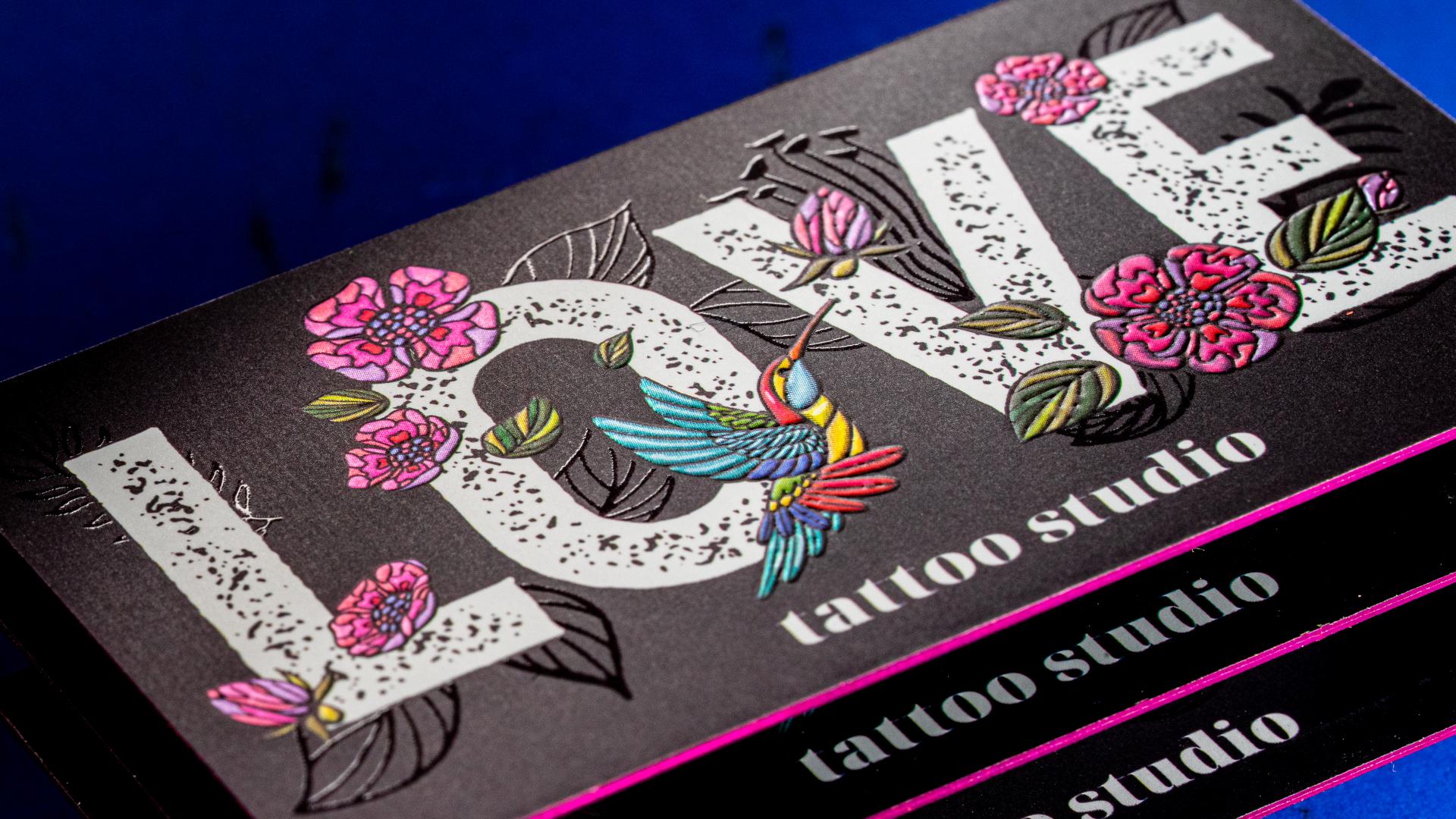In the world of business, standing out is key. A great way to do this is by having a business card you can feel. Make your card pop with popular techniques like embossing and debossing to give it a neat three-dimensional feel that’s hard to forget.
What is Embossing?
Embossing makes focus areas pop out. The embossing process uses a female die on top of the stock and a male die on the bottom acting as the counterdie, along with heat and pressure. This metal die raises the area, making it stick up from the rest of the embossed business card.
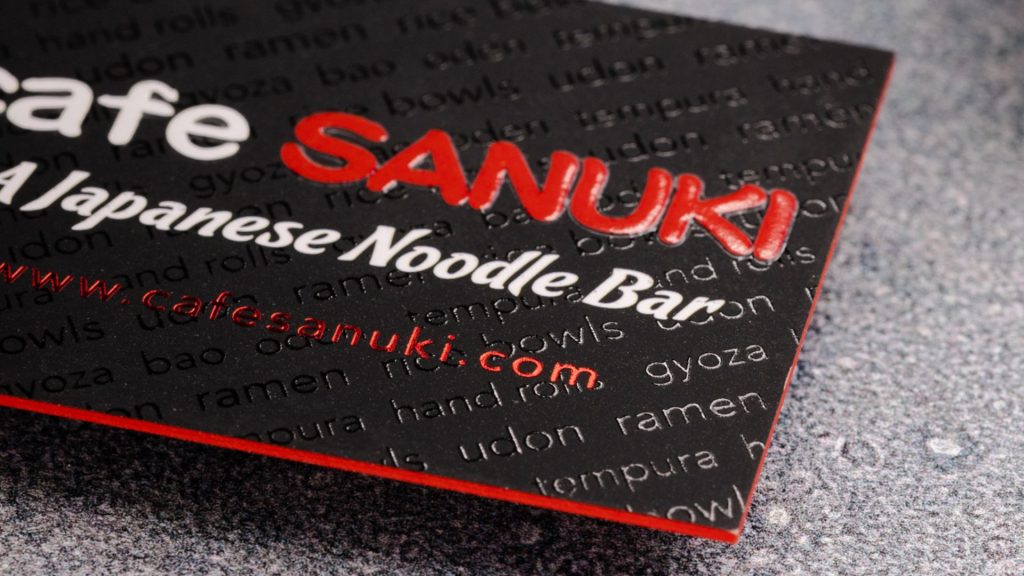
What is Debossing?
Debossing indents parts of business cards, making them look pressed in. When debossing, the male die goes on top and the female die serves as the counter. The die uses both heat and pressure with a metal plate to press into the paper and create a debossed imprint.
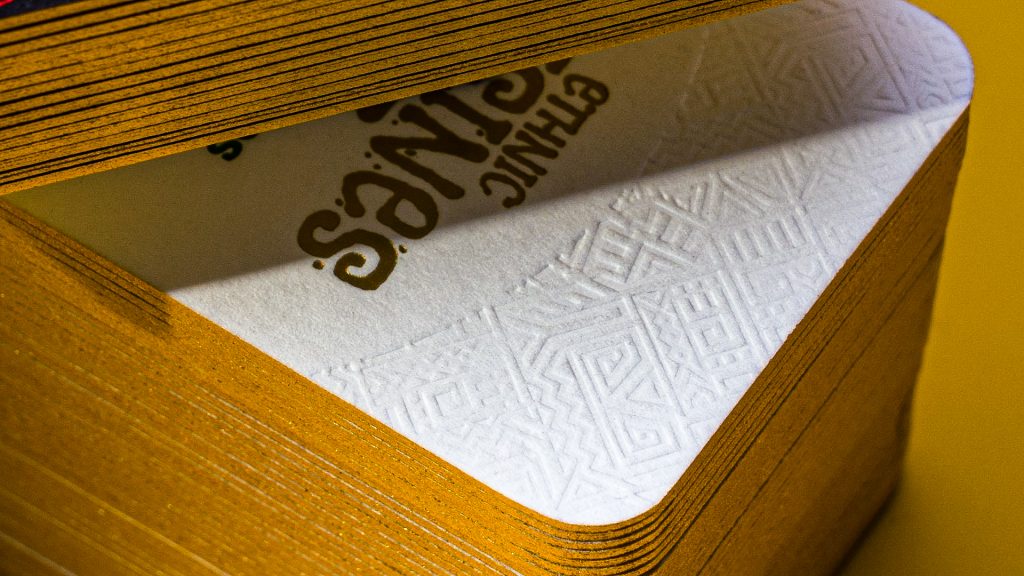
Debossed vs Embossed Business Cards Comparison
Each method brings its own flair to your brand and helps your card grab attention in different ways. Embossing and debossing are exact opposites, so whether you go for embossing or debossing depends on the card stock used, what vibe you’re aiming for and what message you hope to send to those who receive it.
Aesthetic Differences
Embossing adds a sense of elegance and sophistication to your business card, as the raised elements create a tactile and visually striking effect. With a raised design, your card gets an exclusive look that makes people notice it right away. 3D embossed images and text are highlighted as they rise above the rest of the card.
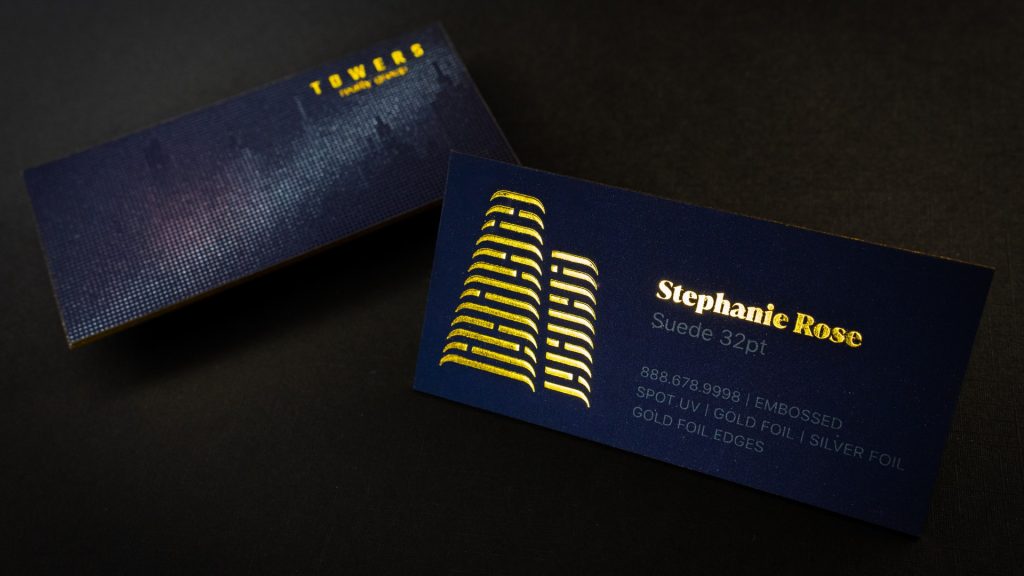
Debossing exudes a more subtle and understated charm, perfect for those going for a minimalist or vintage look. The depressed effect of debossed elements invites a closer look, enticing recipients to run their fingers over the design.
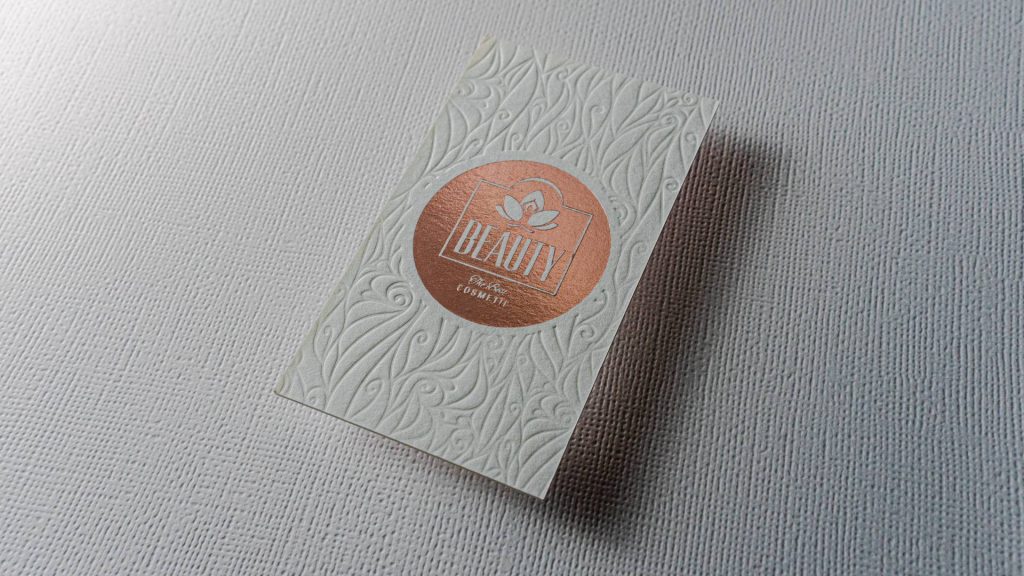
Tactile Sensation
Embossed business cards allow you to feel the raised area of your custom design and see the detail of the embossed graphics. The three-dimensional effect of the embossed design gives the impression of high quality and craftsmanship, which helps make the card stick in someone’s mind (and hand). Blind emboss print techniques use an imprint method that raises the surrounding areas so you can feel the difference.
Debossed business cards have an indented space that you feel when touching it. This subtle feature brings an elegant vibe to the table without being too flashy about it. The debossing process creates a depressed area on your business cards. Business card printing with indents and without any ink is called blind deboss. This printing process is a key difference in the power of touch with debossed designs.
Card Stock
Embossing works best with stiffer cardstock. Embossed business cards need to stand out with raised print, so sturdy business cards should be used for embossing.
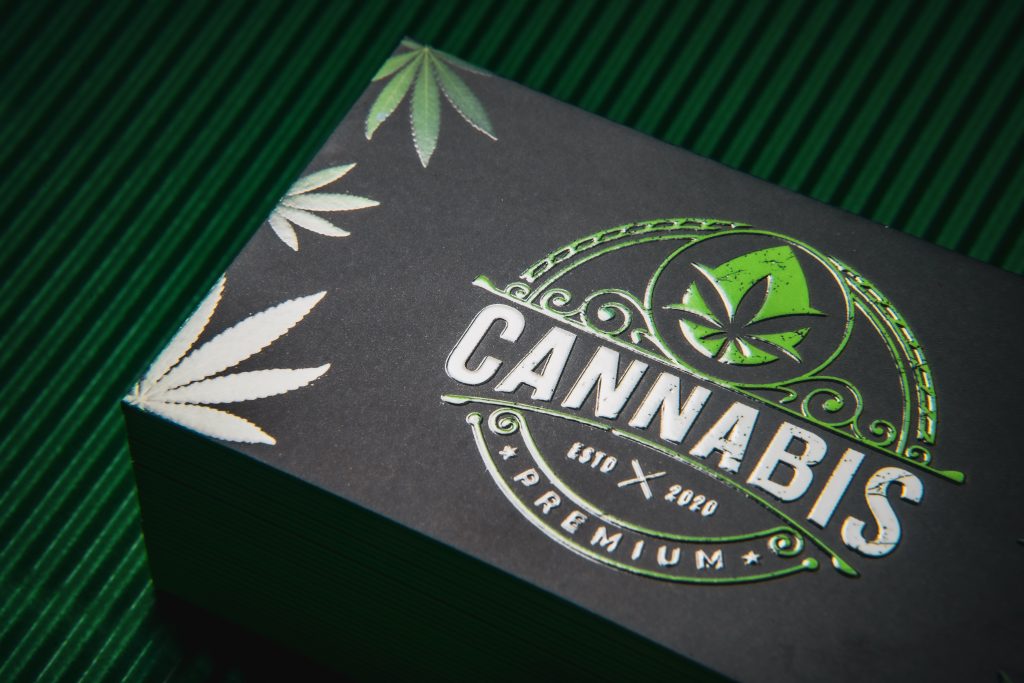
Debossing works best when printed on softer cardstocks like cotton. Stiff cardstock can push the debossing back out, so it is better to go with soft cards for noticeably different business cards.
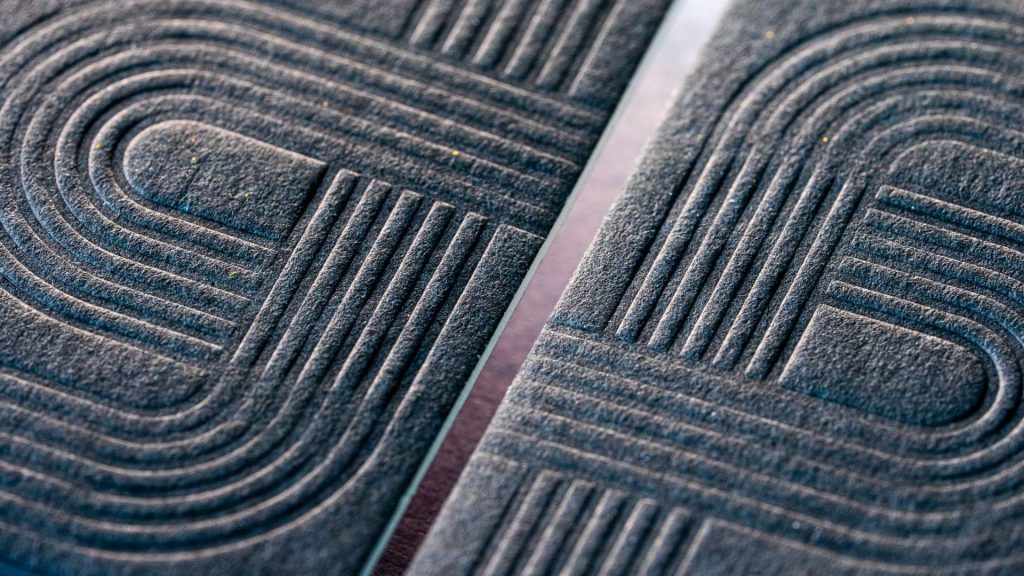
Embossed and Debossed Similarities
Both embossing and debossing techniques offer a unique tactile experience that adds a touch of sophistication to your business card. Whether you choose embossing or debossing, the distinctive quality and recommended use of these print methods is sure to leave a memorable mark on anyone who holds your business card.
Surface Area
Large print areas make it more difficult to see the effects of embossing and debossing. If a business card has embossing over a larger area, you can only see and feel the embossing around the edges.
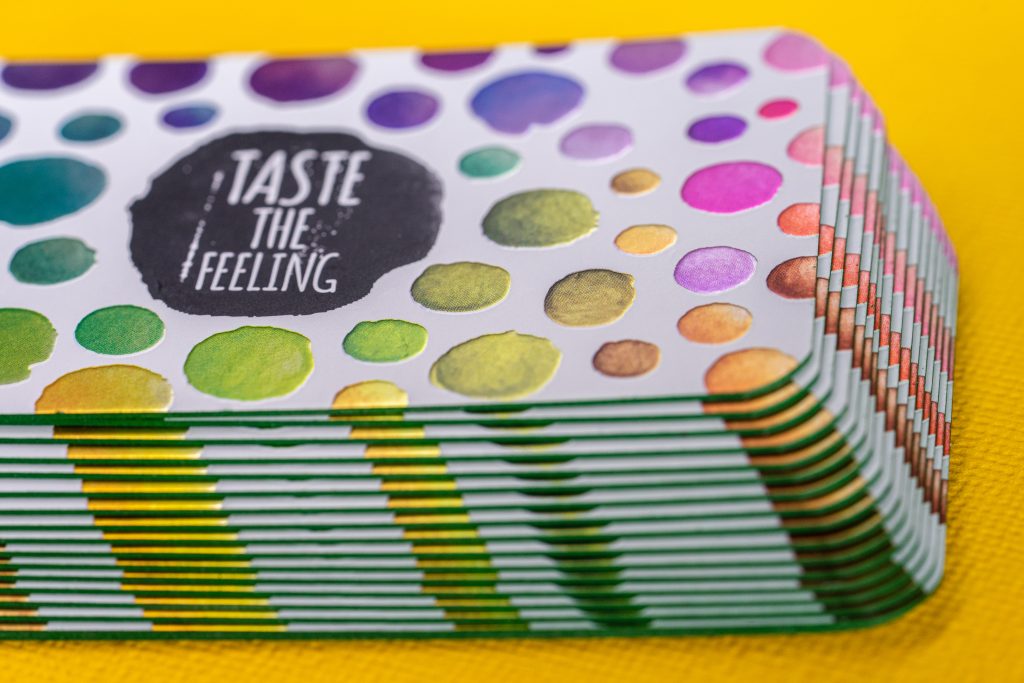
Small print areas have a lot of smaller lines of embossing added to the card which makes the texture easy to feel. Embossed and debossed areas of your cards will stand out more if they are concentrated to make a bigger difference in their appearance and feel.
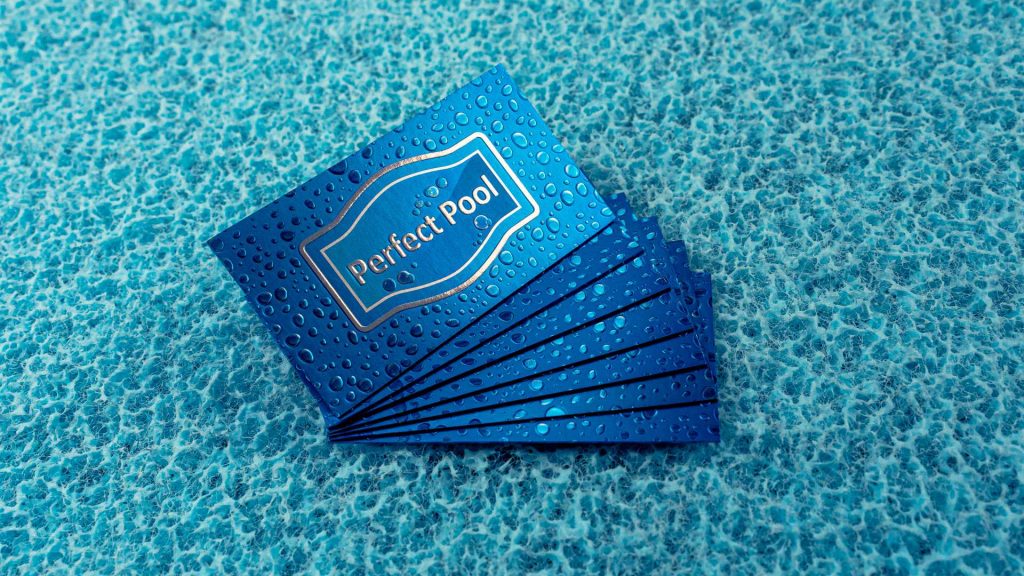
Text Visibility
Large, thin text is easily visible and stands out as the text pops out more in a concentrated area.
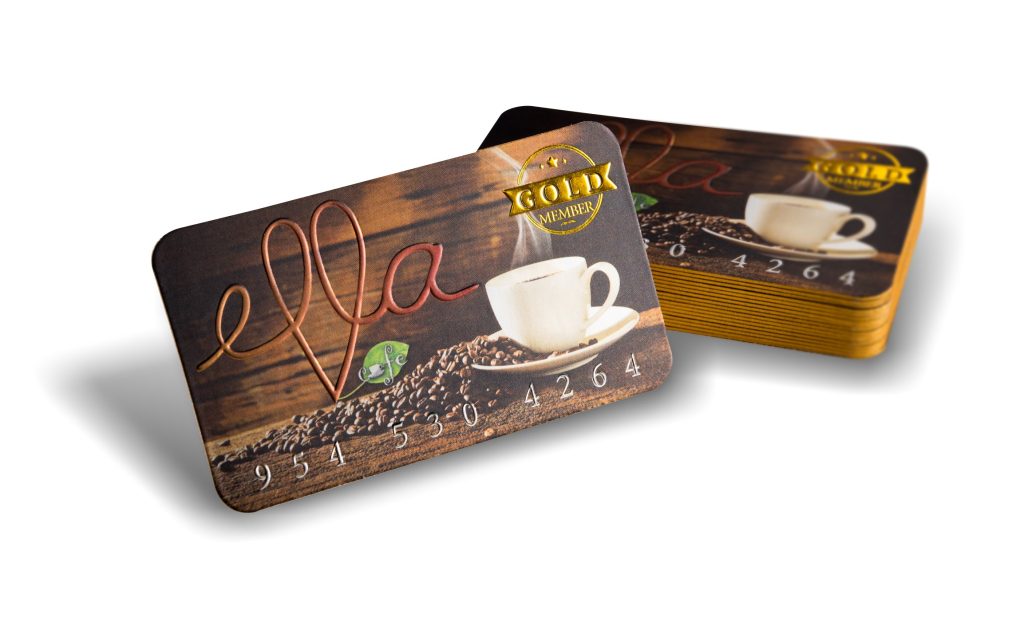
Large, fat text is much more difficult to feel due to the large surface area of the text while small embossed and debossed text is much less visible because it blends in with the design.
Print Features
Spot UV and foil printing are two of the most effective effects to combine with embossing or debossing. Embossing and debossing are primarily a tactile effect. Visually, both are low key until Spot UV or Foil is paired to visually increase their effect.
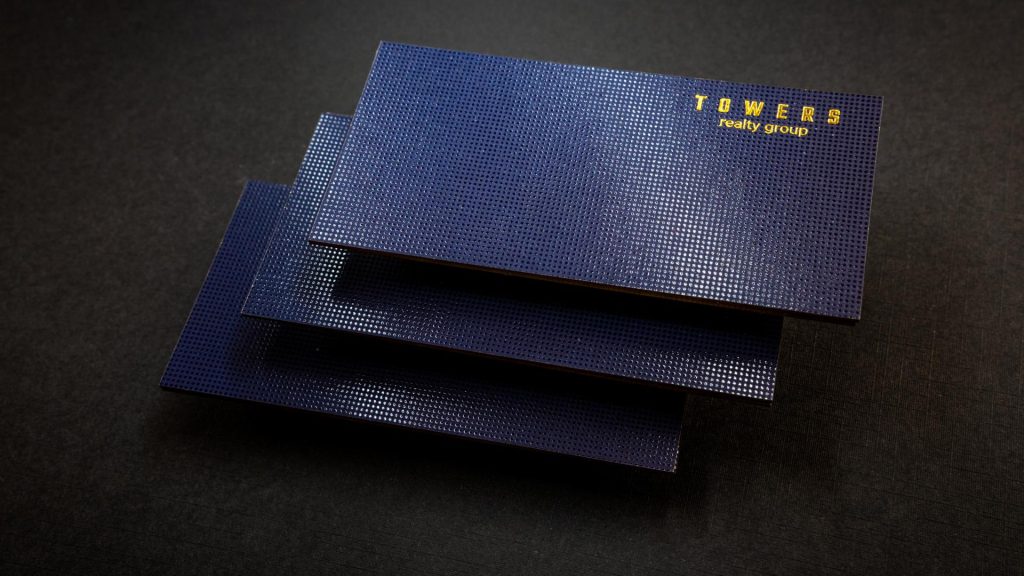
How to Decide Between Embossing and Debossing
When deciding if you should go for embossing or debossing on your business card, think about what your brand stands for and the kind of design you’re aiming for. It’s important to reflect on the message you wish to send out, how visually appealing these methods are, and whether they fit well with the look and feel of your brand as a whole.
Getting the hang of what embossing and debossing do for business card designs can really make your brand pop and get noticed. With embossing, you’re adding a fancy flair that catches the eye; debossing brings in a more understated yet sturdy feel.
Deciding which one to go with boils down to what your brand is all about and how you want it seen. By thinking carefully about the message you want to send and how you want it to look, choosing between embossing or debossing can help connect with people in a meaningful way, making sure they remember your business card.

